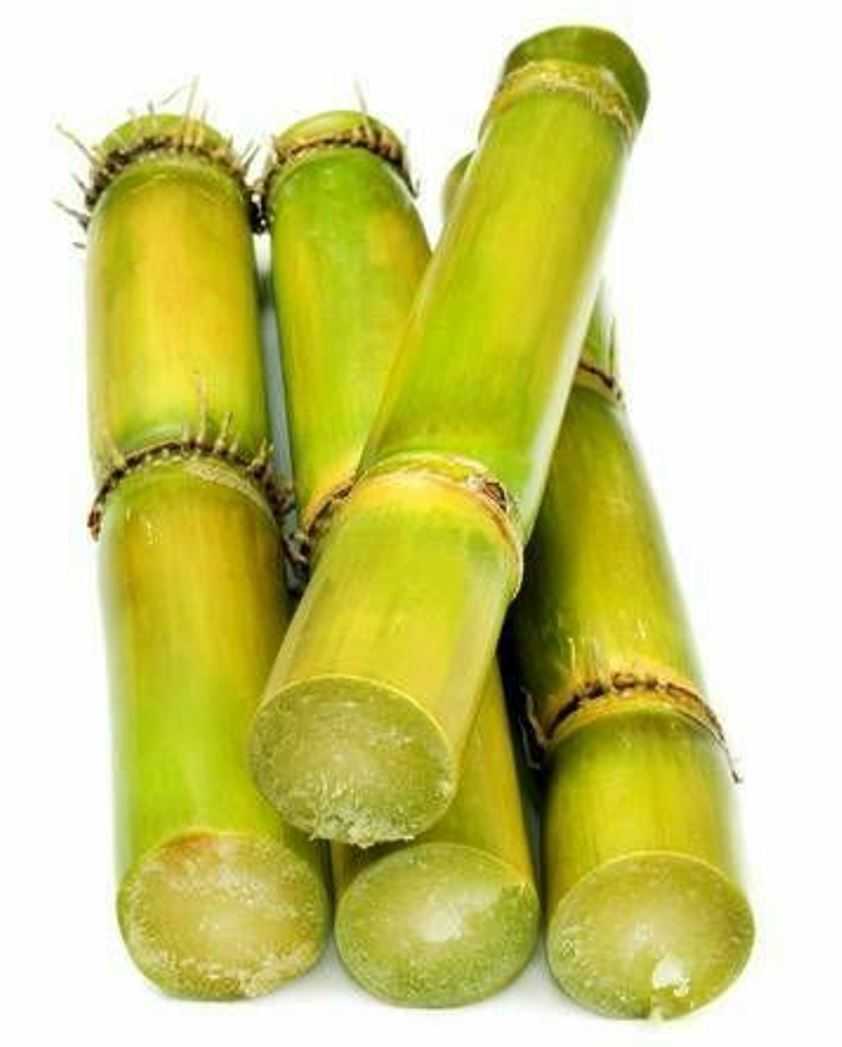Sugarcane, a tall perennial grass known for its sweet juice, has been cultivated for centuries for its sugar content. Beyond its role in sugar production, sugarcane has a range of uses and health benefits. In this blog post, we will explore the different types of sugarcane, its various uses, the potential advantages and disadvantages of consuming it, and provide tips on how to enjoy this versatile plant.
Types of Sugarcane
- Commercial Sugarcane: This is the most commonly cultivated type of sugarcane, grown primarily for sugar production.
- Wild Sugarcane: Found in its natural habitat, wild sugarcane has smaller stalks and is less sweet compared to commercial varieties.
- Ornamental Sugarcane: Some varieties of sugarcane are grown for their attractive appearance and are used as ornamental plants in gardens.
Uses of Sugarcane
- Sugar Production: The primary use of sugarcane is for extracting sugar. The stalks are crushed to extract the sweet juice, which is then processed to produce various forms of sugar.
- Juicing: Sugarcane juice, extracted from the stalks, is a popular beverage in many countries. It is refreshing and naturally sweet.
- Syrups and Molasses: Sugarcane juice can also be further processed to produce syrups and molasses, which are used in baking, cooking, and as sweeteners.
- Ethanol Production: Sugarcane can be used to produce bioethanol, a renewable and clean-burning fuel source.
- Animal Feed: The fibrous residue left after extracting sugarcane juice, known as bagasse, is used as animal feed or as a source of renewable energy in some countries.
Health Benefits of Sugarcane
- Hydration and Energy: Sugarcane juice is a natural source of hydration and provides a quick boost of energy due to its natural sugars.
- Nutritional Content: Sugarcane juice contains essential nutrients like calcium, potassium, iron, and vitamins C and B-complex.
- Digestive Health: The fiber content in sugarcane can aid digestion and help prevent constipation.
- Antioxidant Properties: Sugarcane juice contains antioxidants that may help combat oxidative stress and support overall health.
- Cooling Effect: Consuming sugarcane juice is known to have a cooling effect on the body, making it a popular choice in hot climates.
Disadvantages of Sugarcane
- High Sugar Content: Sugarcane is naturally high in sugar, so consuming excessive amounts can contribute to weight gain and increased risk of health issues like diabetes and tooth decay.
- Processing Methods: Some sugarcane processing methods involve the use of chemicals, which may have negative environmental impacts.
Can You Eat Sugarcane Raw? How to Eat Sugarcane
Yes, sugarcane can be eaten raw. To enjoy sugarcane, follow these steps:
- Choose a well-matured sugarcane stalk that is firm and heavy.
- Peel the outer layer of the stalk using a knife or a sugarcane peeler.
- Rinse the peeled stalk under water to remove any dirt or debris.
- Cut the stalk into smaller, manageable pieces.
- Chew on the pieces to extract the sweet juice. Avoid consuming the fibrous pulp, which can be discarded.
Conclusion
Sugarcane, with its natural sweetness and versatility, offers a range of uses and potential health benefits. From sugar production to refreshing juices, sugarcane has played a significant role in various cultures worldwide. However, it is important to be mindful of its high sugar content and consume it in moderation. Enjoying sugarcane raw is a simple process of peeling the stalk and chewing on the juicy pieces. By incorporating sugarcane into a balanced diet, one can savor its unique flavor while appreciating its potential benefits.

